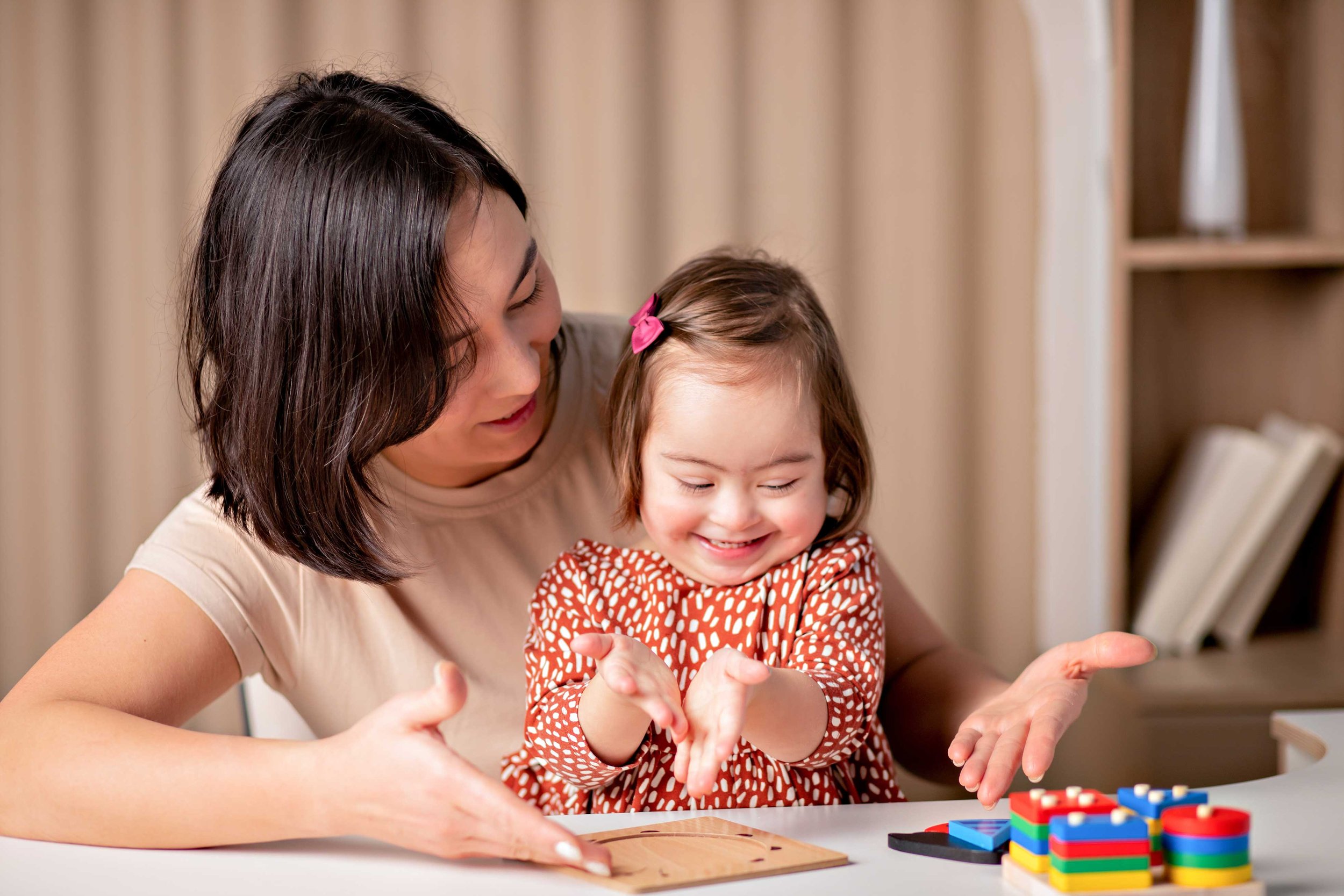About Applied Behavior Analysis
Applied behavior analysis (ABA) is a science-based approach to helping people develop skills that will benefit their individual lifestyles. The body of research supporting ABA dates back to the 1960s, when psychologists specializing in child development began applying the principles of behavior that were discovered and validated in laboratory settings to specific and individual childhood concerns such as stalled toilet training, reading failures, aggressive and disruptive behavior, and lack of cooperation. Click here for more details about the history of ABA. By the late 1990s, there were many examples of ABA in clinical and school settings. At this time, in recognition of the efficacy of an ABA approach and for the purpose of protecting consumers and clients, the Behavior Analyst Certification Board (BACB) was founded. The BACB established standards for training and practice, including the development and oversight of the Board-Certified Behavior Analyst examination and examination requirements as well as guidelines for ethical and professional practice.
Today, in addition to certification standards and oversight, the BACB provides ethics requirements (codified in the Ethics Code for Behavior Analysts) and oversees a disciplinary system for BCBAs who commit potential and actual ethics code violations. In addition to managing these aspects for BCBAs, the BACB also oversees practice standards, examinations, ethics requirements, and discipline for Registered Behavior Technicians (RBTs) who are often in direct support roles, Board-Certified Assistant Behavior Analysts (BCaBAs) who engage in behavior analytic practice under the oversight of a BCBA, and doctoral-level BCBAs (BCBA-Ds). BCBAs and BCBA-Ds are subject to the same certification and practice standards but BCBA-Ds may be more likely to hold positions in higher education and clinical directorship than BCBAs, who typically develop behavioral programming for individuals that is implemented by RBTs and similarly-trained staff.
How does ABA relate to caregiving?
Applied behavior analysis (ABA) offers a systematic and evidence-based approach to caregiving. By applying its principles, caregivers can gain valuable insights into a child's behavior, promote positive actions, and address concerns in a constructive manner. Through a combination of observation, positive reinforcement, and proactive intervention, ABA equips parents with the knowledge and skills necessary to foster a nurturing and supportive environment for their children's growth and development.
One of the fundamental aspects of behavior analysis is the recognition that behavior is influenced by its consequences. By observing and identifying patterns in a child's behavior, parents can gain insights into underlying causes and address concerns proactively. For instance, if a child exhibits tantrums, a behavior analyst might examine what precedes and follows the tantrum to uncover potential triggers and reinforcing factors.
Positive reinforcement is a cornerstone of behavior analysis, emphasizing the importance of acknowledging and rewarding desirable behaviors. Parents can harness this principle by praising and rewarding their child's positive actions, creating a nurturing environment that fosters healthy development. Whether it's a simple "good job" for completing a task or a tangible reward for reaching a milestone, positive reinforcement encourages the repetition of desired behaviors.
On the flip side, behavior analysis also helps parents address challenging behavior by implementing strategies to minimize or eliminate undesirable actions. Techniques such as removing sources of reinforcement for undesired behaviors and identifying replacement behaviors (i.e., teaching alternative, more appropriate actions) are valuable tools in shaping a child's conduct.
Consistency is key in behavior analysis. Establishing clear expectations and consistently applying consequences helps children understand the boundaries of acceptable behavior. When caregivers provide a structured and predictable environment, children feel secure and are more likely to internalize positive behaviors.
Behavior analysis also places emphasis on antecedent interventions, identifying factors that precede behaviors. By recognizing and modifying these antecedents, parents can prevent undesirable behaviors from occurring in the first place. This proactive approach is particularly effective in managing issues such as bedtime resistance or mealtime struggles.
Moreover, behavior analysis encourages caregivers to collaborate with professionals, such as BCBAs and specialists in other areas, to develop tailored intervention plans. These plans can address specific concerns and provide parents with the tools and support needed to navigate challenges successfully. Click here to learn about free parent education in applied behavior analysis.
A Board-Certified Behavior Analyst (BCBA)® can help caregivers identify and correct any concerns. To find a BCBA near you, consult your pediatrician or local school district. You can also go to www.bacb.com to search for providers. Additionally, you may email abaforkids.org@gmail.com for individualized help with your search.
Have a Question?
Please feel free to reach out if you have any questions or want to learn more about Applied Behavior Analysis (ABA).





